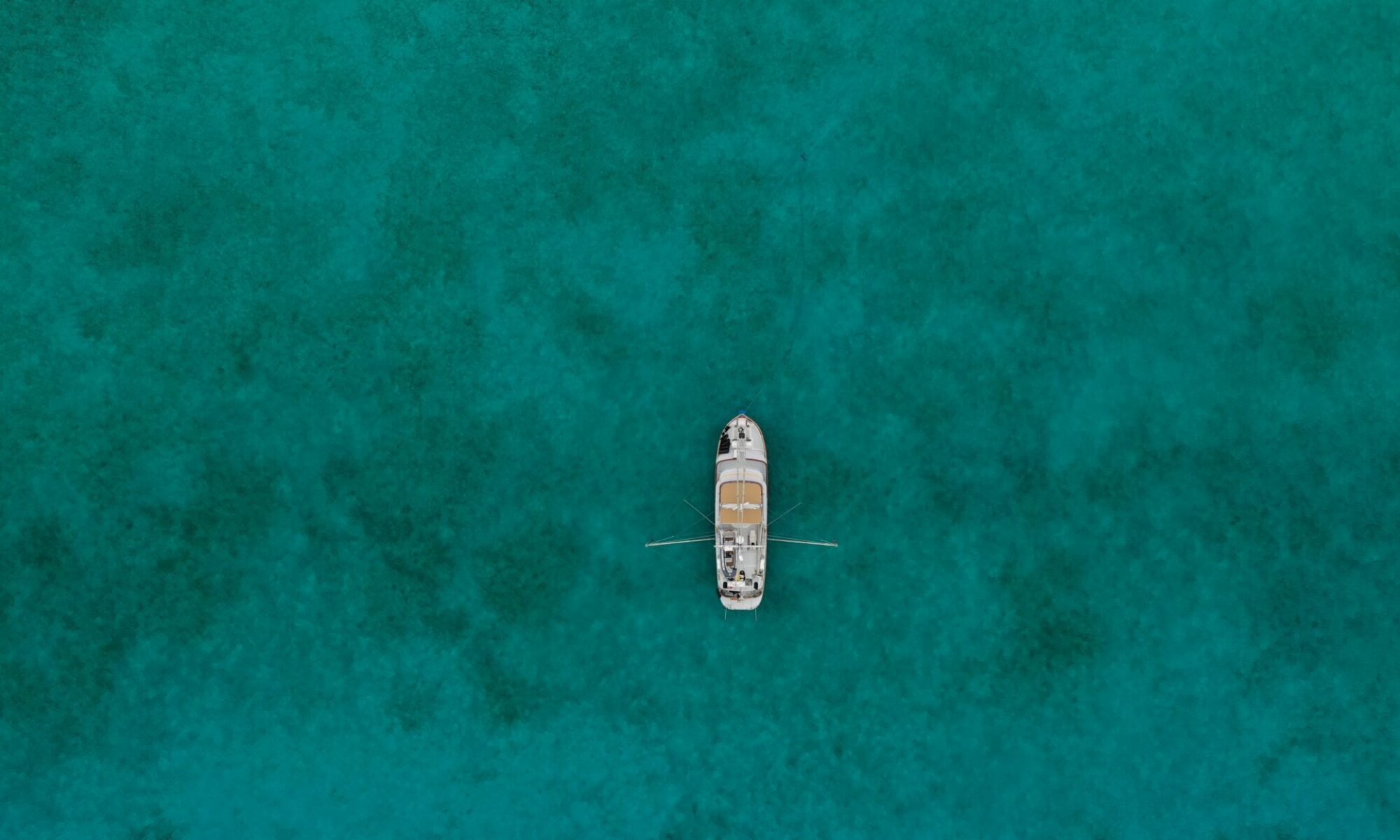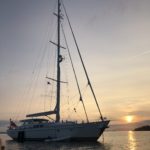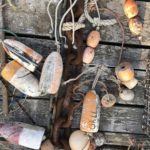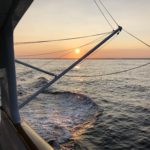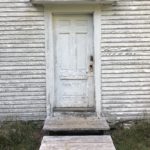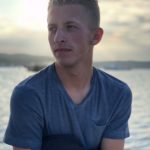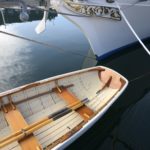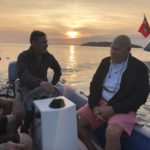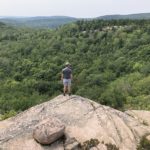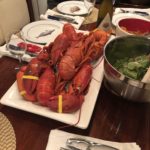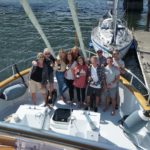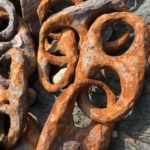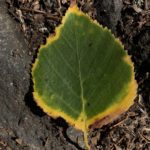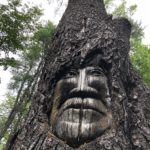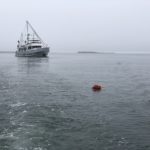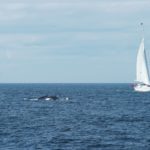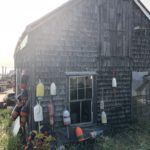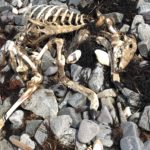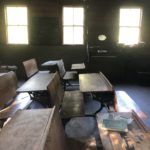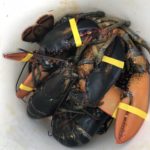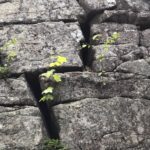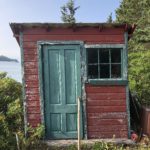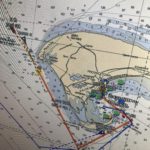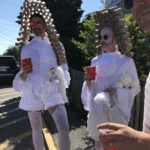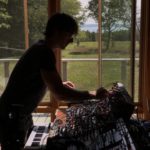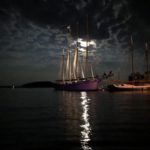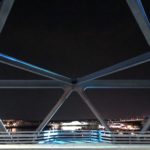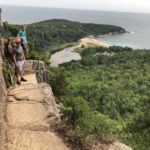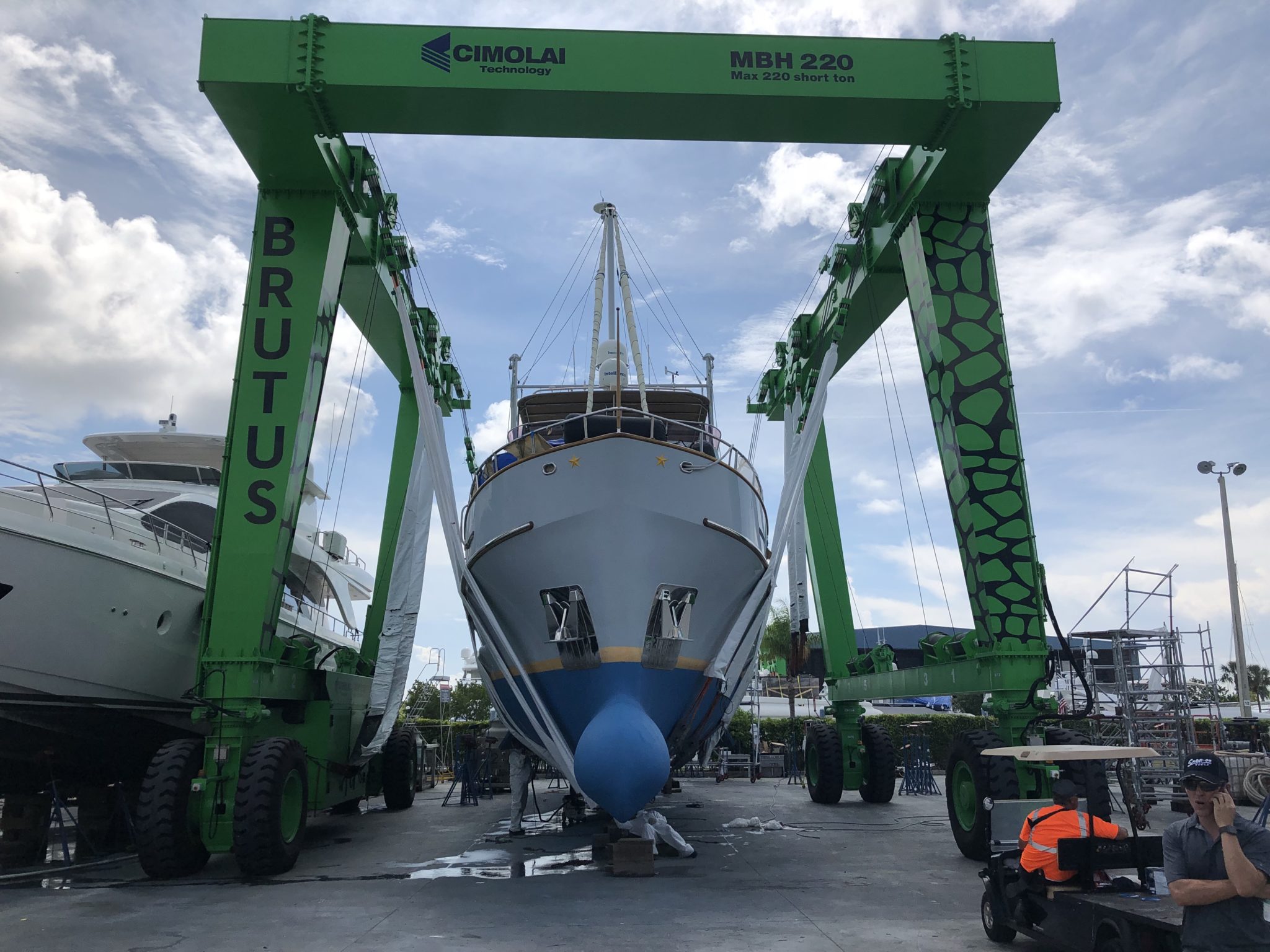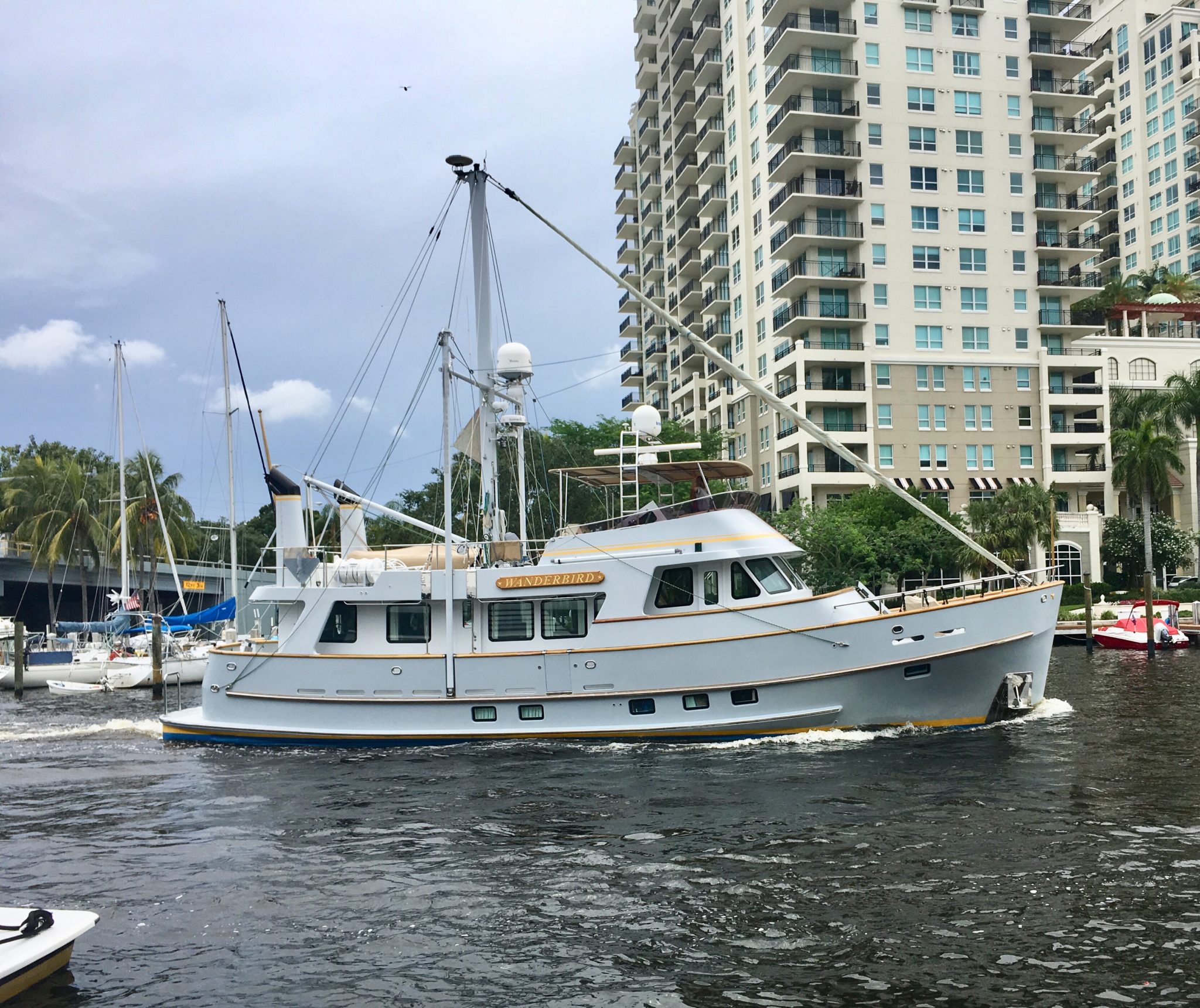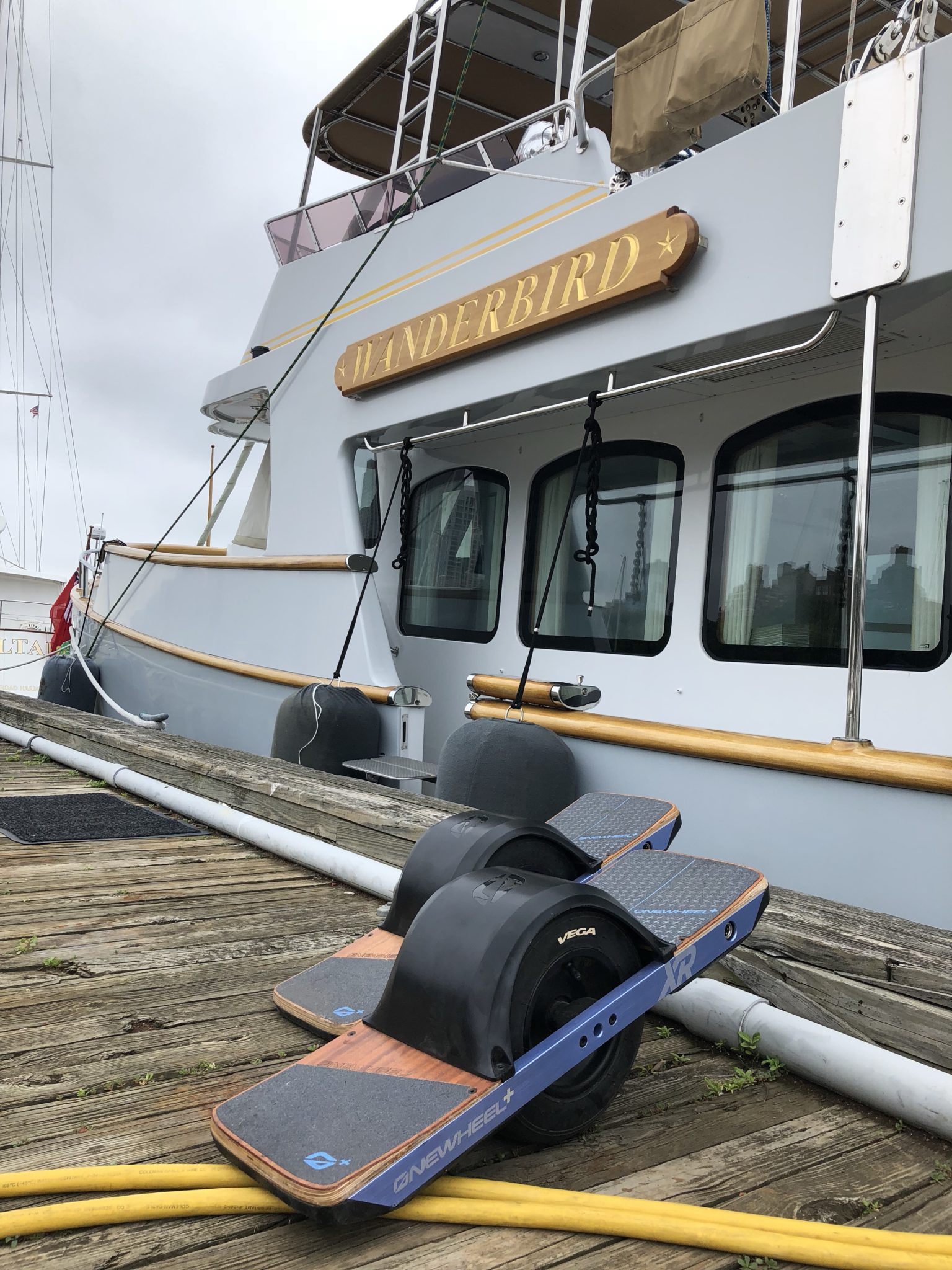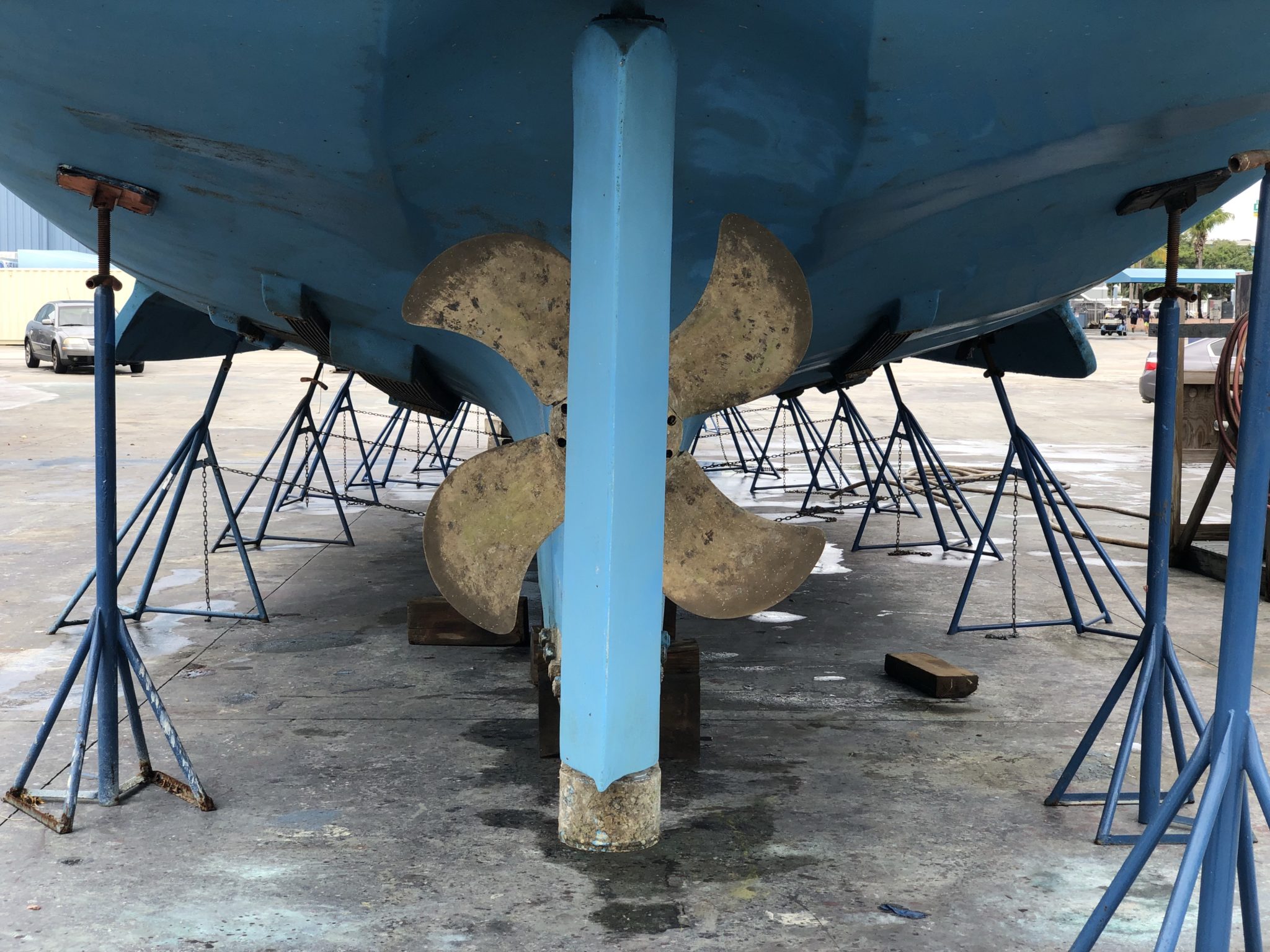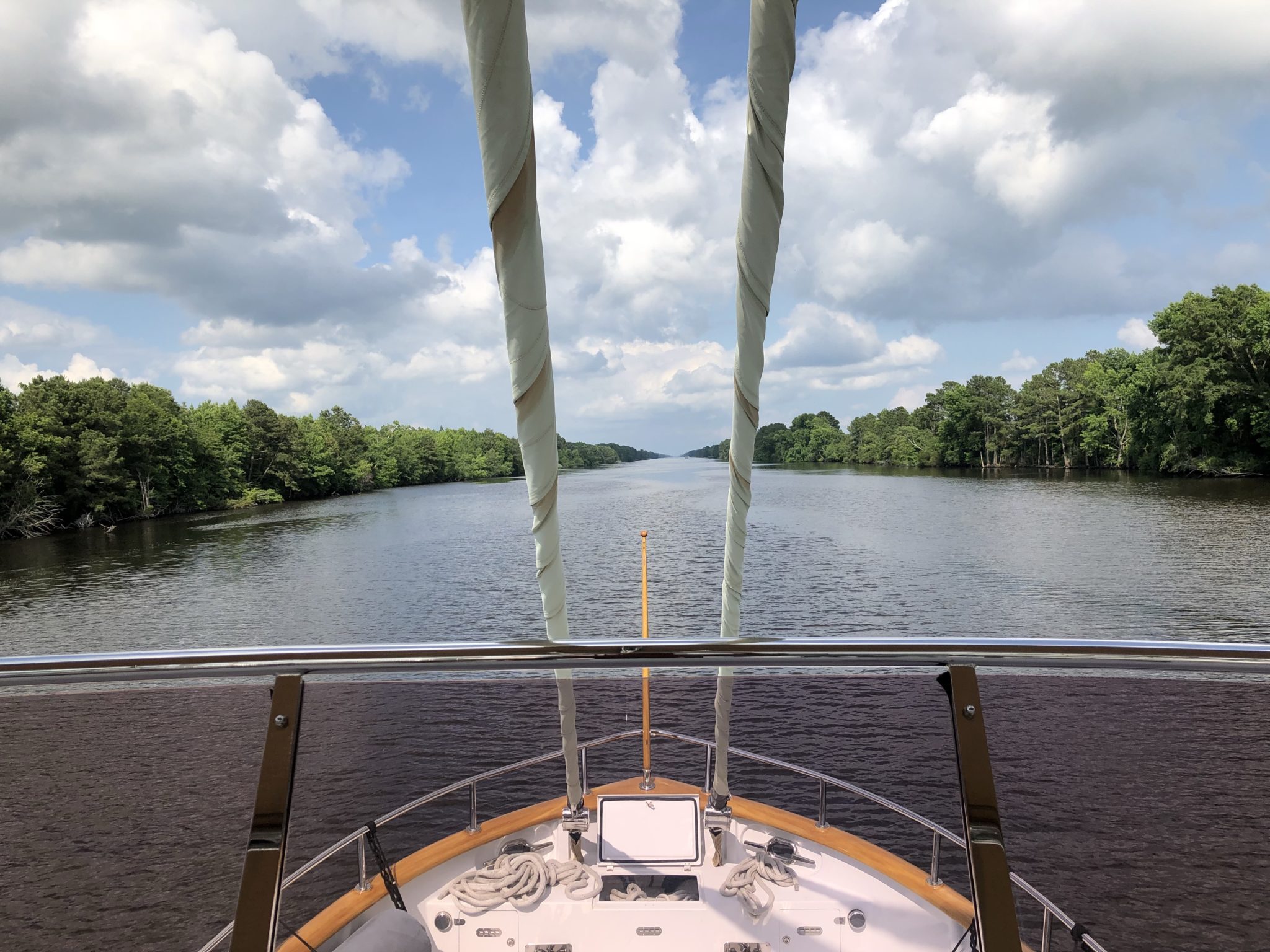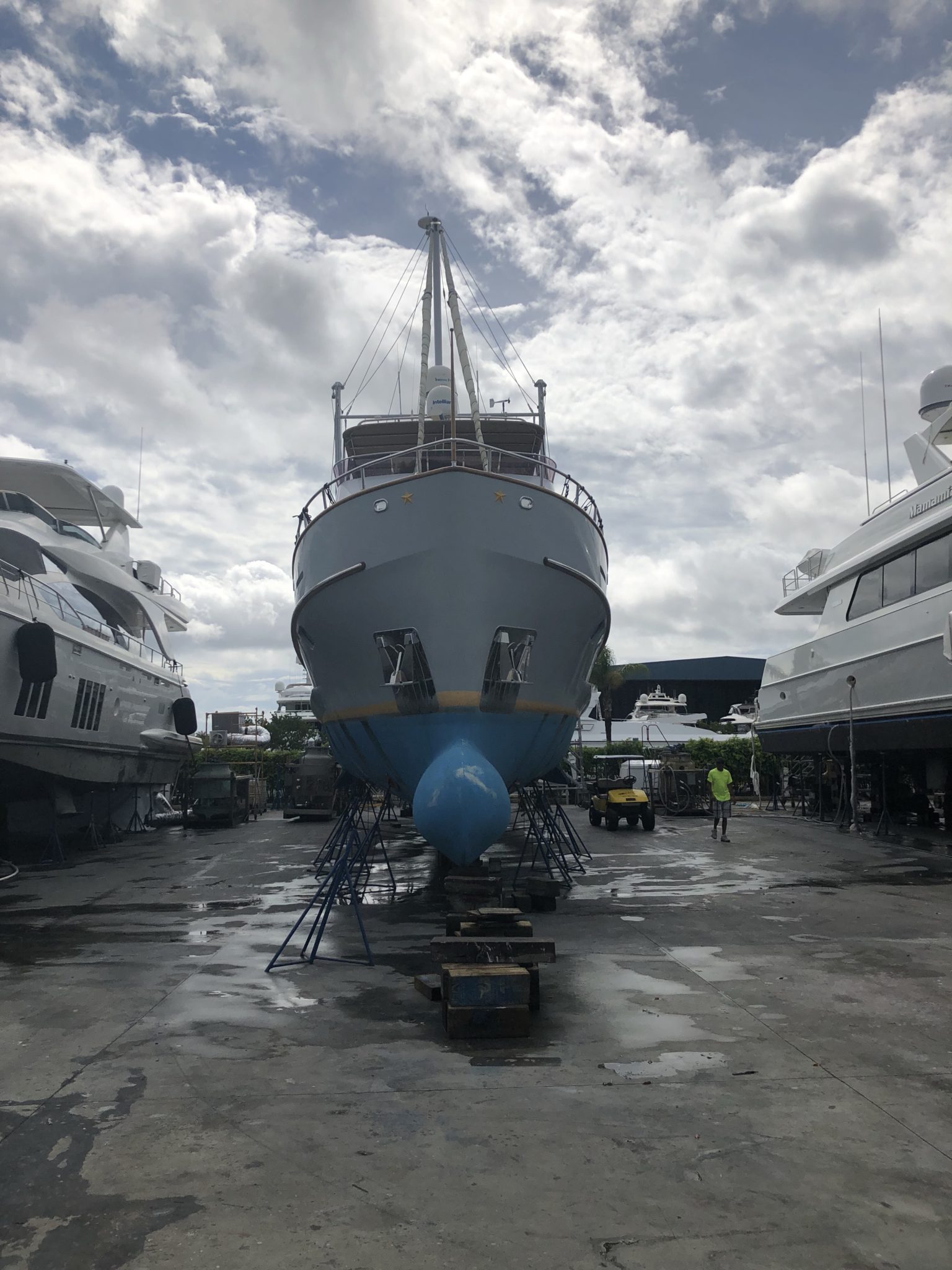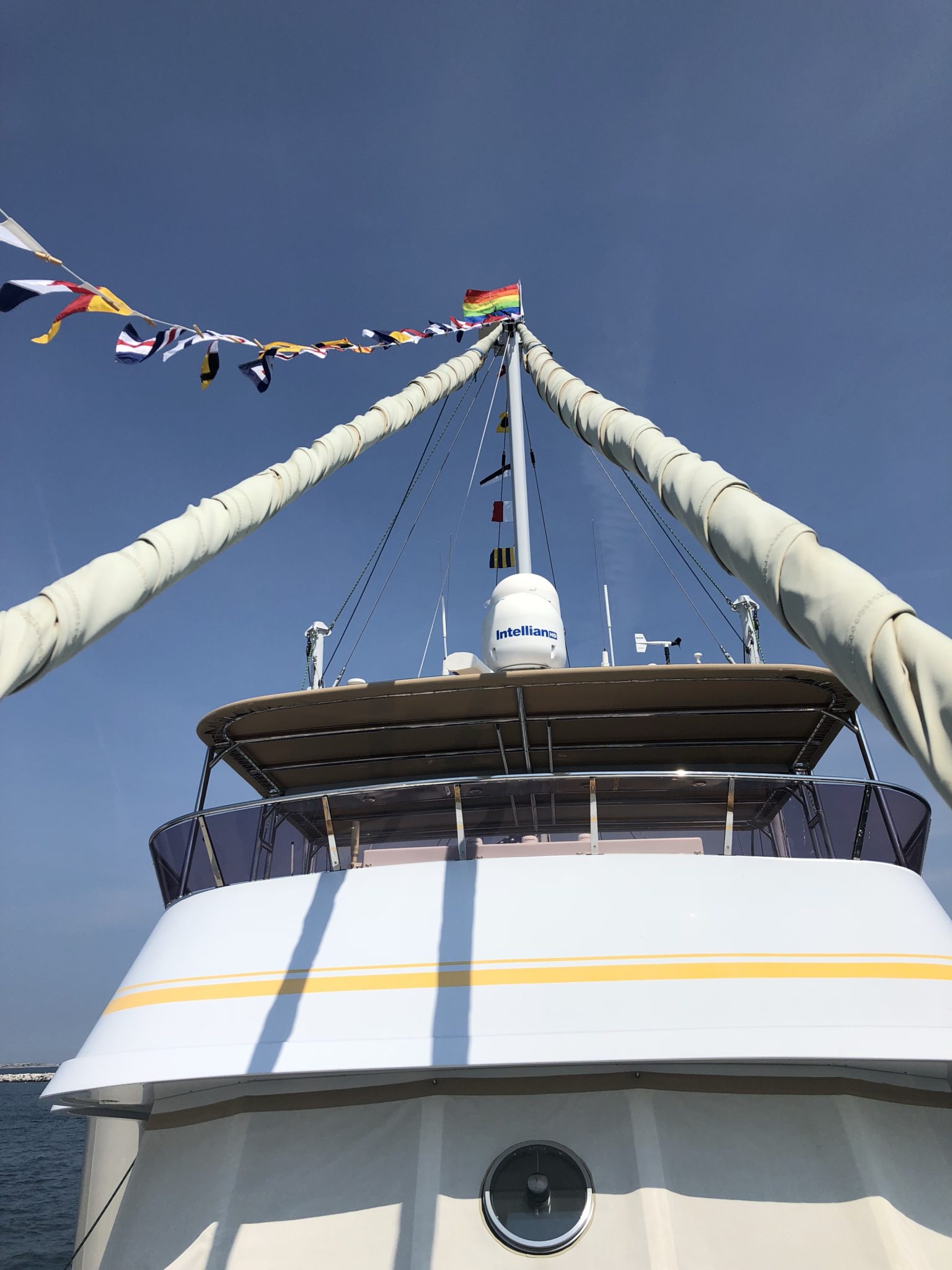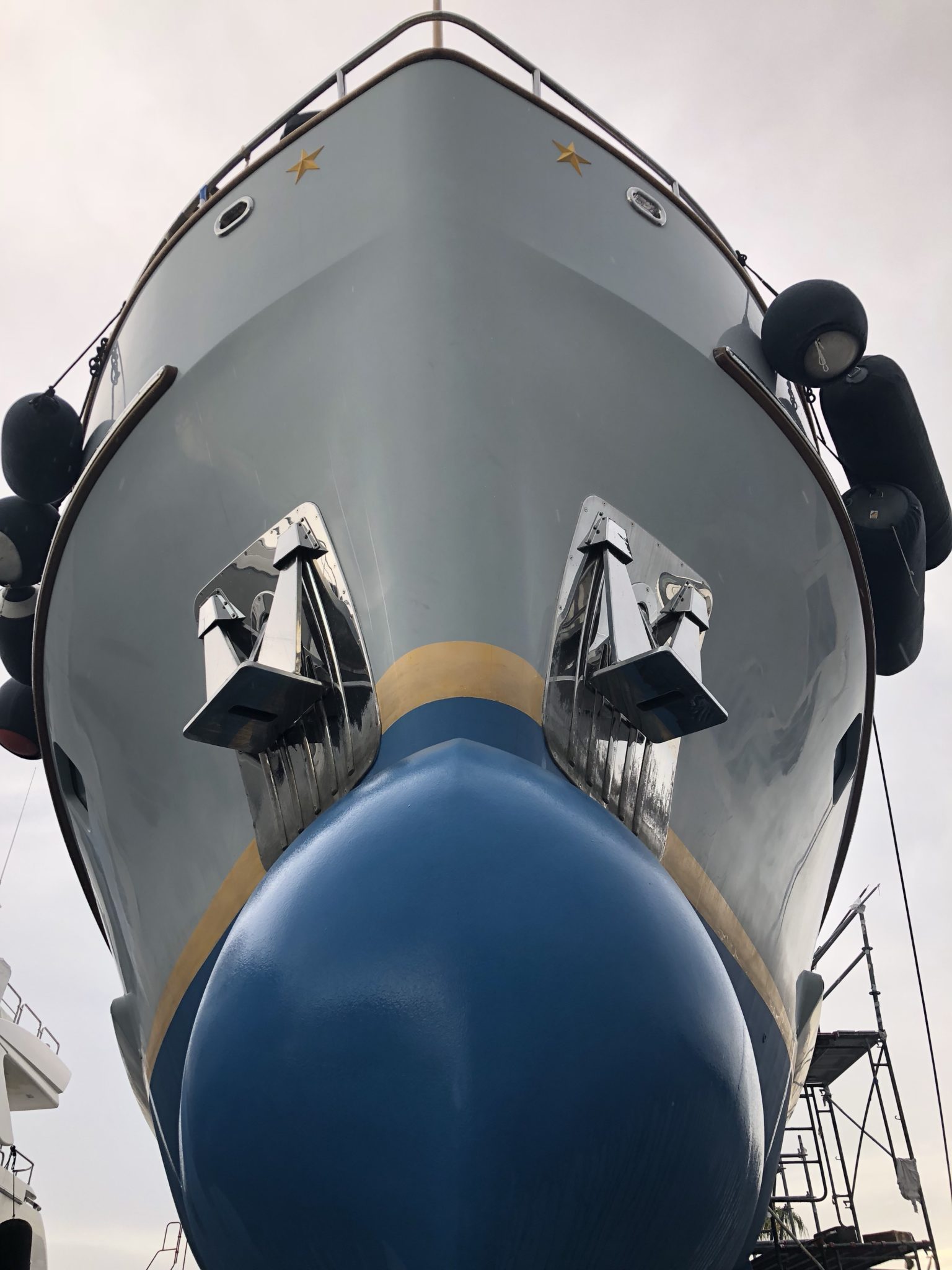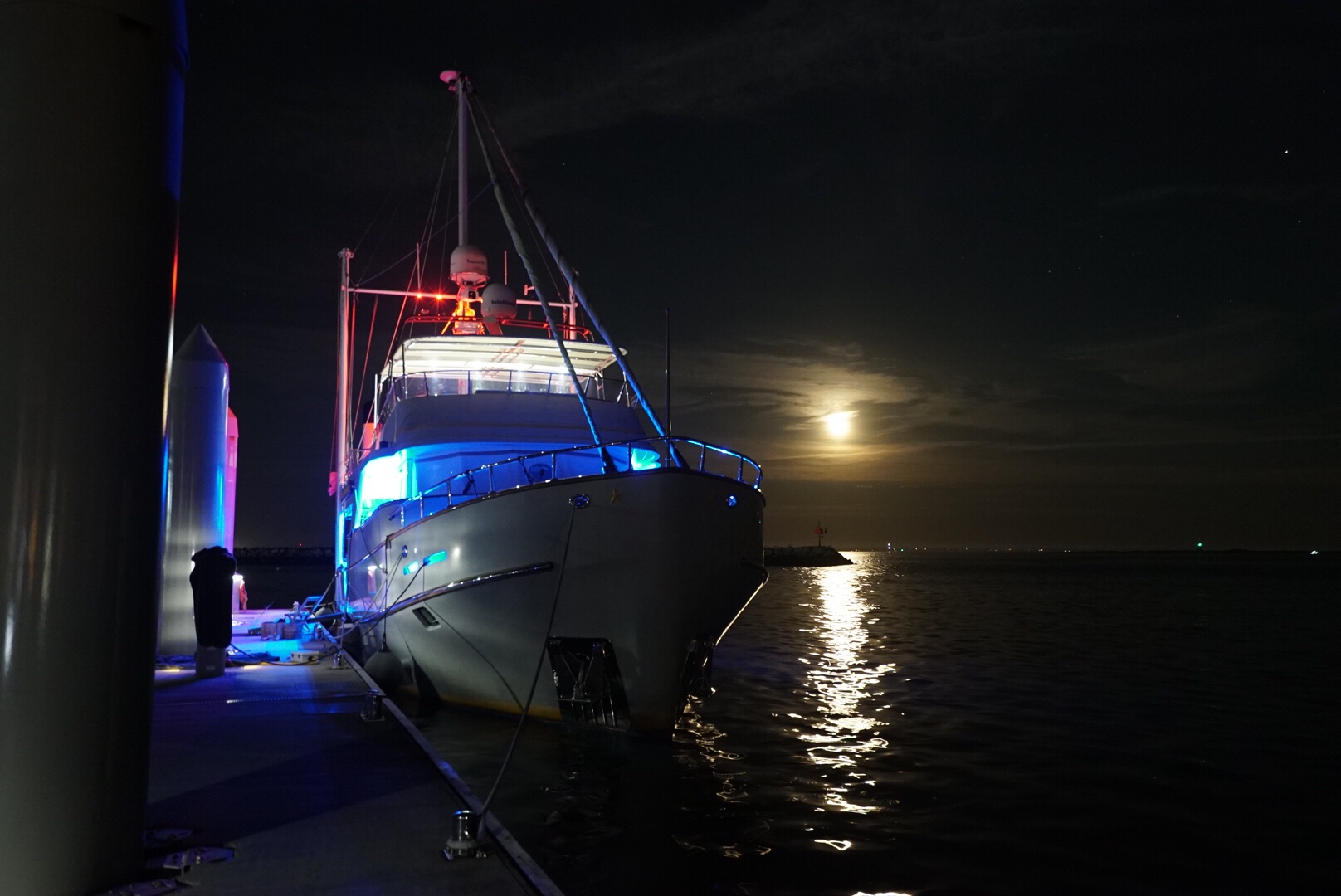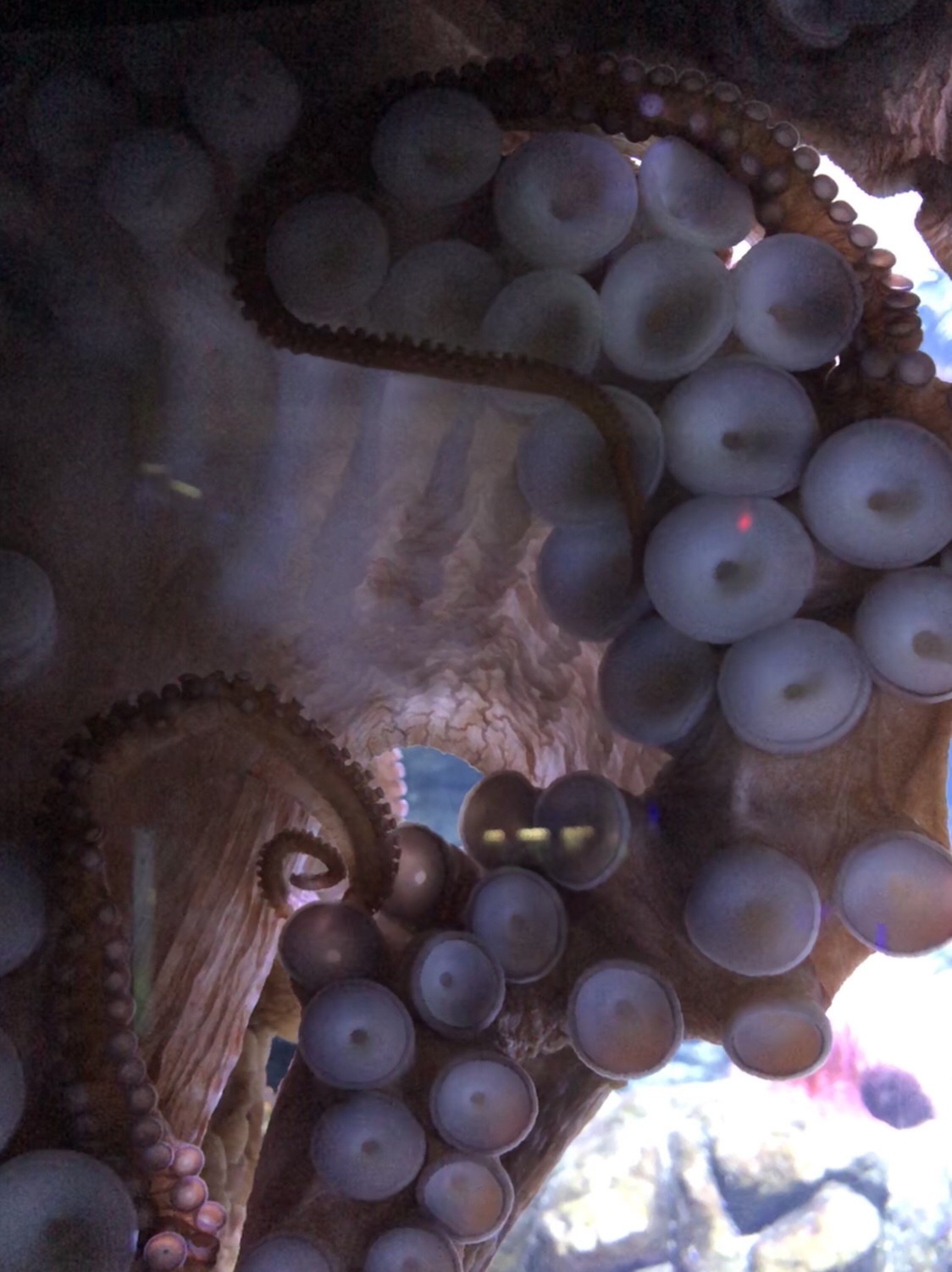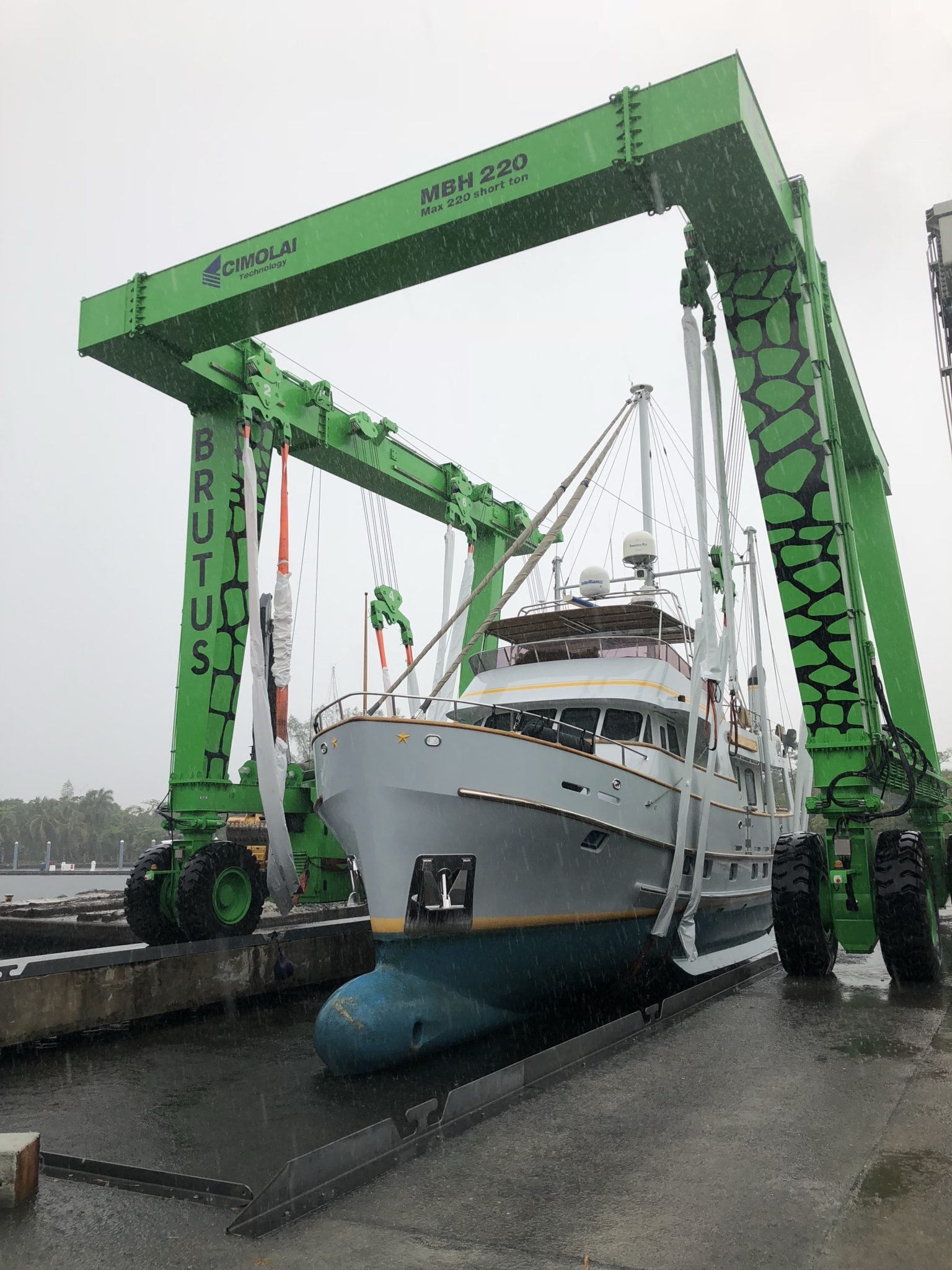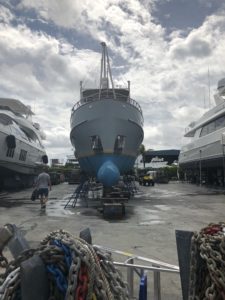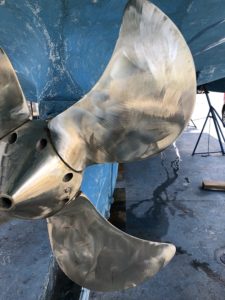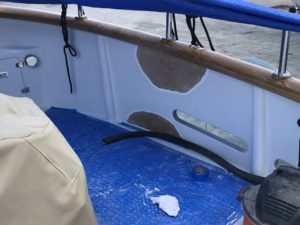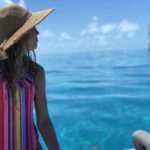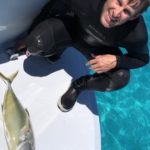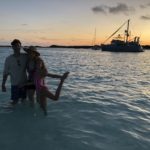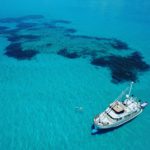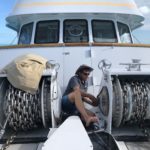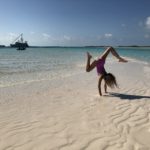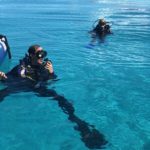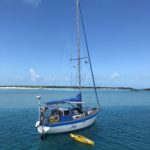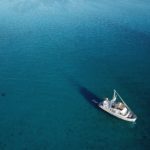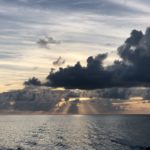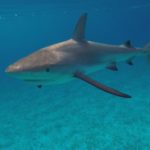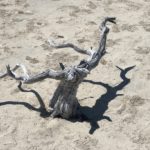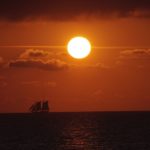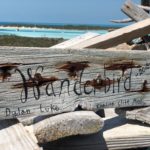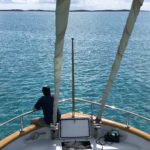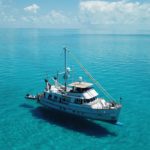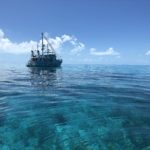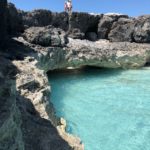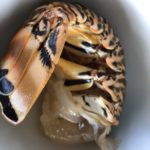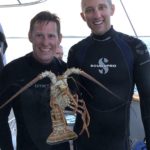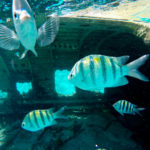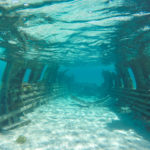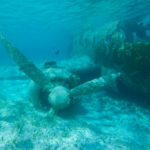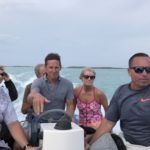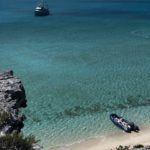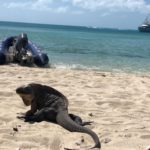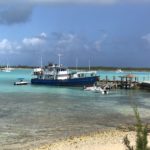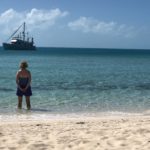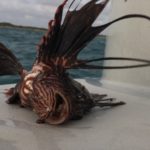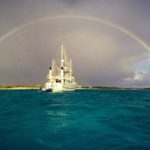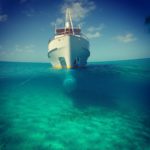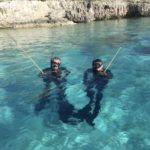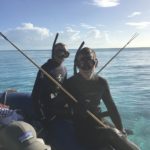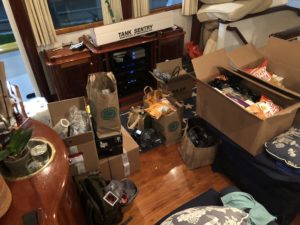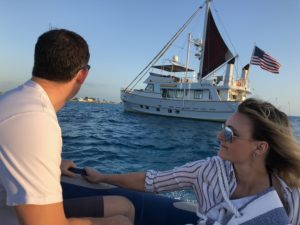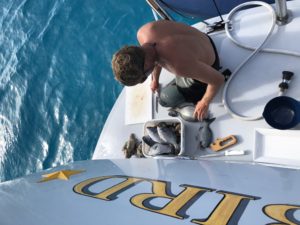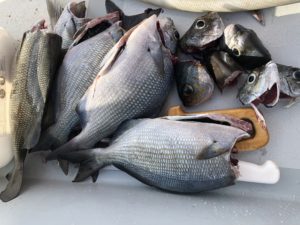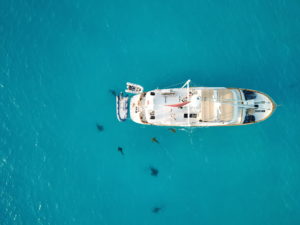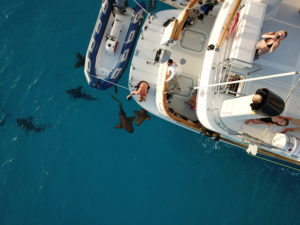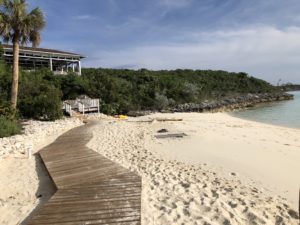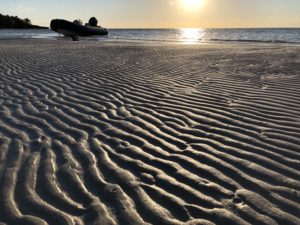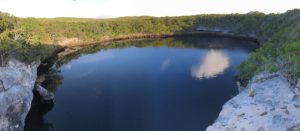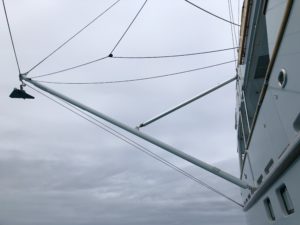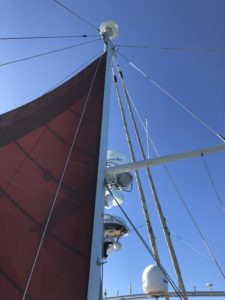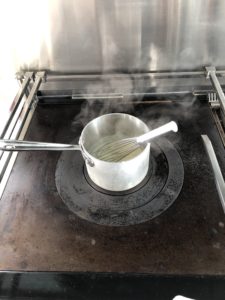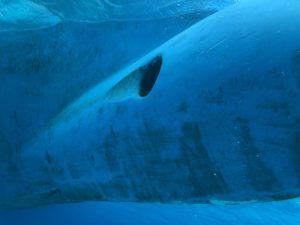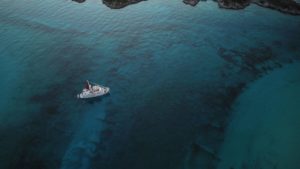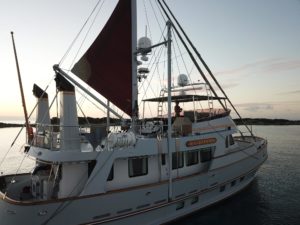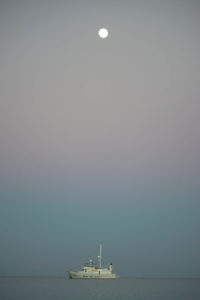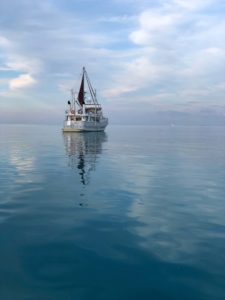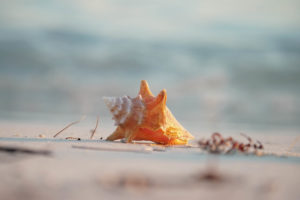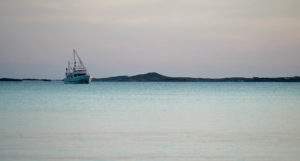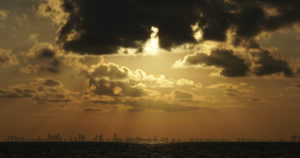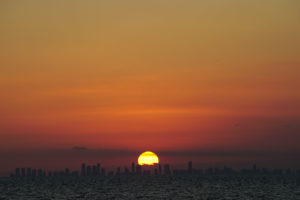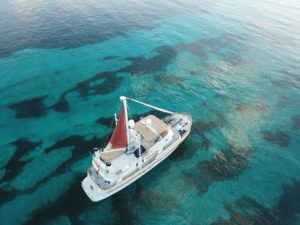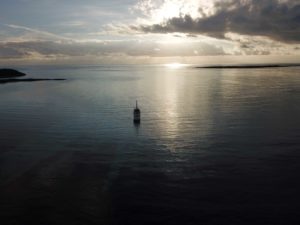Luke and I headed back to Washington for a few weeks to catch up on things at home while I had a short film to shoot with the fine people at Olympia Film Collective. We left the boat tied to a dock in Marblehead, Massachusetts with the intention of having the brightwork done – the name given to the wood railings and rub rails. We had issues arranging the work we wanted done so Luke flew back across country to move the boat slightly north to Salem.
When we returned in early August the power had been out for a couple days and the battery bank was fully depleted. Letting this happen is very bad for the health of the batteries but fortunately we have plans to replace them shortly.
Some local workers finished a few minor repairs and buffing half the boat and we headed north to Portsmouth, New Hampshire with my best friend Joe aboard. It was a perfect day with calm seas as we weaved our way through the mess of lobster traps that litter the east coast.
Coming into Portsmouth with Joe was a treat as he grew up in the area and had boated out to the Isle of Shoals many times in his youth. The tide was ebbing which made for a slow run up the river to Badger Island, but we discovered this current was far better than the alternative for docking, as a flooding tide pushed the boat hard off the dock.
Over the next week we would watch the boat snug against the dock as the tide moved out and it was pushed out firm against the lines in the flood. The first shift our lines were a little loose and the boat was a good four feet out from the dock, secure, but quite a jump to shore!
Joe and his family were incredibly accommodating and we reveled with them, celebrating Joe’s brother’s birthday and hosting brunch and dinner on the boat.
While it felt like we were with close family, Maine was calling and we made an eventful departure from Badger Island as our friend Jacob joined us from back home. I thought we might run a looped line near the stern but Luke thought the spring would suffice as the last line. With the tide pushing us hard out, the stern immediately swung out hard and we had to cast off fully as the boat was in danger of being swept into the bridge.
Luke made a couple passes to pick me up from the dock and at one point, without a clear view of the situation, insisted I jump. Knowing, even with my long legs, I could not make that distance, I faltered and ended up in the swift moving river, just for a moment.
On the third try he was able to get the stern within a few feet and I was on board. We motored north, once again weaving through a maze of buoys marking lobster traps. The prop on Wanderbird is thankfully well protected and we believed it posed little danger for fouling from these traps. We would test this theory into the night as the buoys failed to dwindle off shore and the sun set for a long, overnight run north.
In the early morning hours the number of traps thickened significantly as we approached the first islands off Maine. Eventually we resolved to the fact that the prop was not in danger and began to pass over the buoys without harm.
By mid-day we anchored off Eagle Island where our friends Stephen and Michael have a summer cottage or cabin – the definitive title is still pending. Our friend Bob just happened to be sailing south and anchored in the bay next to us, arriving just 20 minutes after us. We picked Bob up and went ashore so Stephen could give us a walking tour.
About 15 families live on the island, most of them descending from one family who have lived there for over 200 years as I recall. At the end of the day we bought some lobsters trapped by a local fisherman and retired to the Wanderbird for a very memorable dinner.
The next morning we headed for shore to say goodbye to Stephen and as we approached a floating dock, an elderly woman came running. My instinct was that she was waving us off, telling us the dock was private. As we approached we realized she was trying to warn us of a rock in the area and she was the most delightful personality.
She thanked us for anchoring on that day, for the afternoon prior her extended family had held a memorial for her seafaring husband. She said the presence of the boats, just off the coast of their summer cottage, had been a real treat.
A half day’s run and we reached Bar Harbor. We anchored off the edge of the town mooring field and the next morning the fog lifted, giving way to perfect weather for hiking Acadia National Park’s, granite speckled mountains, though on the west coast, we’d hardly call them hills.
The second day we moved to a mooring at the request of the harbor master as a cruise ship came in to anchor not far from our original spot. At $35 per day, cash only, to be paid to the mooring’s owner, we were happy to be slightly closer to shore and more secure for our day excursions away from the boat.
One afternoon as we headed back to the boat, I spotted someone waving frantically from a boat in the distance. We motored our tender over to find two teenage girls on a dilapidated boat with a couple lobster traps on board. Their motor had died and one had started to swim to shore but thought the better of it against he ebbing tide and head wind.
We rigged up a towline and pulled them back to their mooring and they thanked us by offering some of their catch. Seeing as how our tender has seen better days, we thought it good to contribute to the sea-faring karma pool, as we may someday be on the receiving end of a tow, likely without any lobsters to offer our saviors!
We made our way south again, stopping for a few days in Portland, Maine and then on to Provincetown for a long weekend. It turned out this was perfect for a small bit of winds that passed through and our travel days were exceptionally calm and peaceful. We discovered the annual Labor Day White Party at Provincetown Inn and met new friends Jason and Adam from Connecticut along with their son Xavier and very kind and endearing friends Harvey and Carl who have been together more than twice the time Luke and I – 40 years!
Another calm day of travel put us into Newport Shipyard where a crew pulled the headsails and hydraulic furlers to be overhauled. Next stop: back to New York City.
